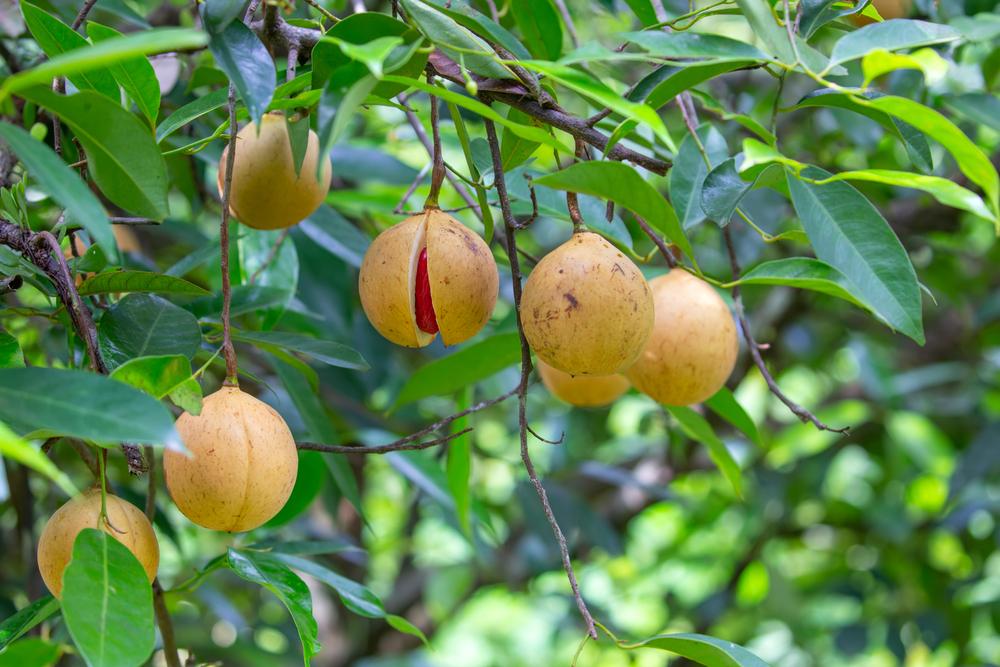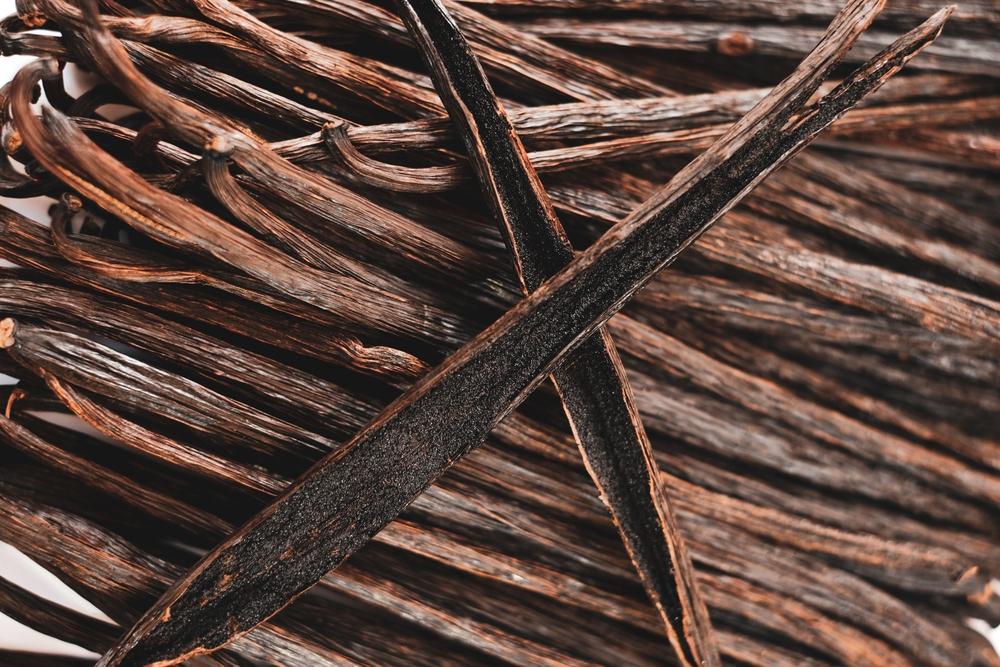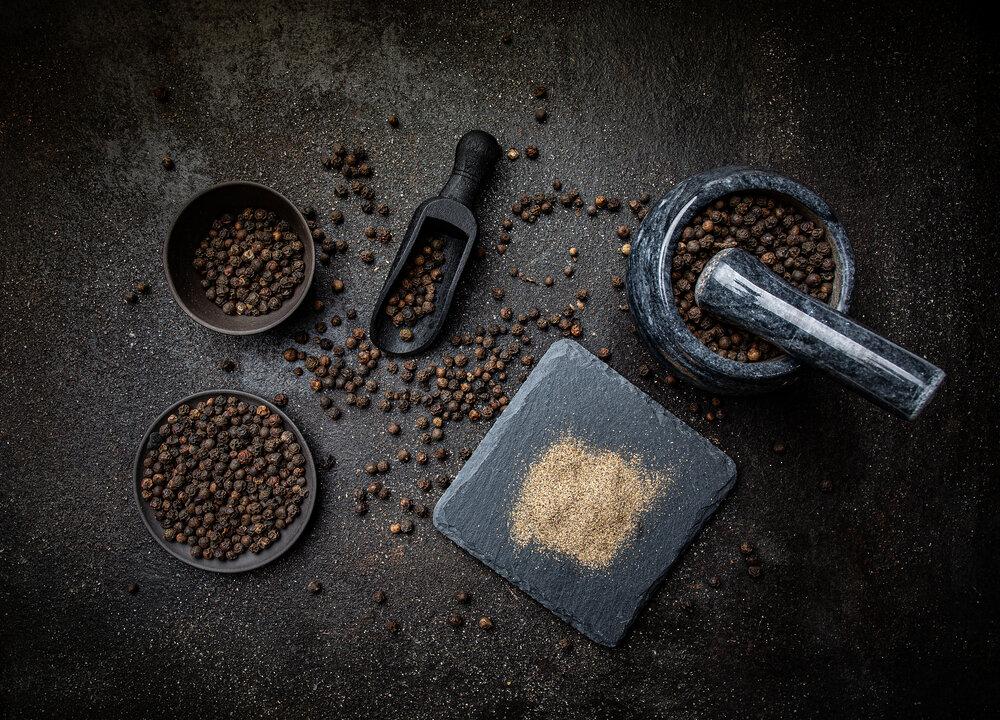Most students in the United States learned about the Dutch buying Manhattan from Native Americans for a trunk full of trade goods that was worth close to $1,000 in today’s money. But did you ever wonder what it would take to get the Dutch to give up Manhattan? How about nutmeg?
The Spice Islands
Although long used in Asia, nutmeg was the last of the major spices to be introduced into Europe. Food historians disagree as to when it first appeared in Europe, often pointing to its mention in Persian documents by A.D. 1100, but it was certainly available in Europe by the 1200s. In preparation for a visit by Holy Roman Emperor Henry VI in 1190, the streets of Rome were fumigated with spices, including “India nuts,” as nutmeg was sometimes called. The word “nutmeg” comes from the Latin Nux muscatus, which means “musky nut.”Europeans had no idea where the spices were sourced—and the Arab traders who supplied these and other spices created wild stories to discourage anyone from trying to find out—but trading took place in the Moluccas, a handful of Indonesian islands in the Malay Archipelago. Among the Moluccas, 10 tropical volcanic islands known as the Banda Islands, were the only places in the world where nutmeg grew, and the Bandanese controlled the market.



